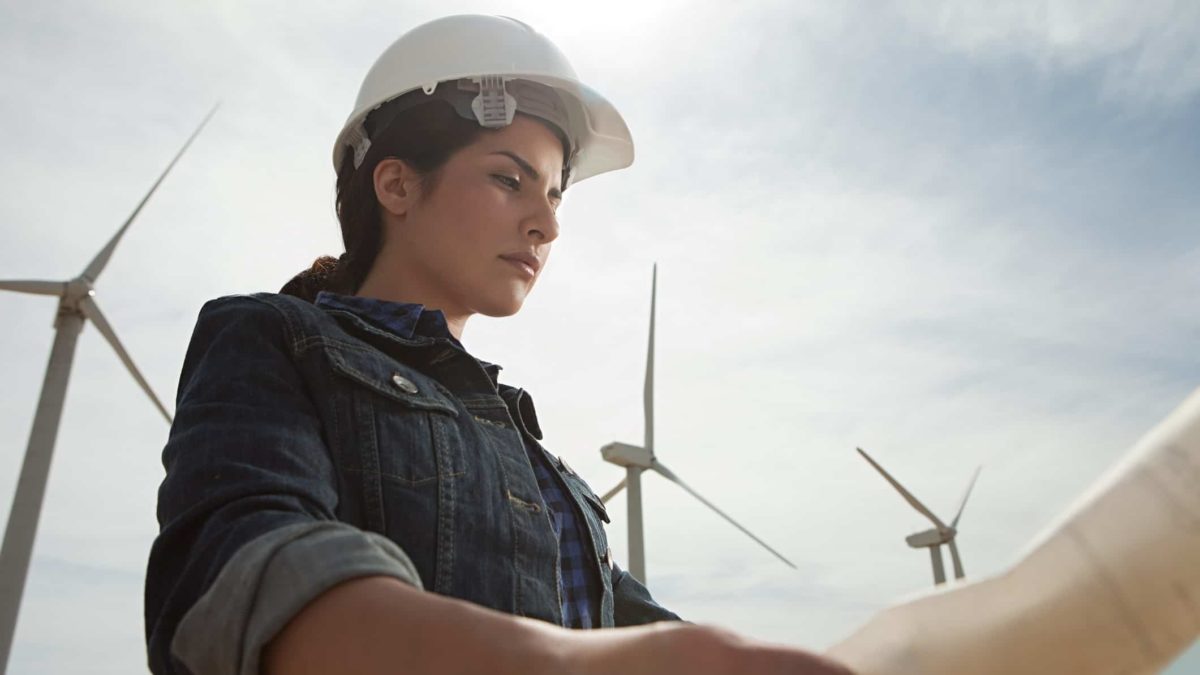It has been a cracking week for ASX-listed hydrogen shares, with some companies providing returns north of 30% this week alone.
Shares in the alternative energy source regained momentum on Monday after Fortescue Future Industries announced plans to construct a hydrogen electrolyser manufacturing centre in Gladstone. However, investors may be wondering if there is substance to the emerging industry.
Thankfully, Capgemini released its 23rd edition of the World Energy Markets Observatory on Tuesday. Among a vast collection of insightful data, Capgemini shed some clarity on hydrogen's future in the energy market.
Demand for alternatives
Before we get to how hydrogen might help Australia reach its net-zero targets, let's evaluate the current energy landscape in the land down under.
According to Capgemini, Australia's total electricity generation in 2020 was 265.2 terawatt-hours. Putting this into perspective, that is approximately the energy consumption of 47.9 million homes. Additionally, the report indicates almost a quarter of all this electricity was generated from renewable sources.
While that might seem substantial, the research suggests a further 5 to 10-fold increase in investments of low carbon technologies per year will be needed to meet Paris Accord objectives. Such an outlook appears positive for ASX hydrogen shares and the like. At a minimum, it indicates a sustainably larger market for green alternatives.
Commenting on this, group vice-president energy and utility sector Philippe Vié stated:
In this year's World Energy Markets Observatory, we see the need to maintain energy affordability while accelerating energy transition efforts. Emerging technologies and new use cases across the energy value chain, including green hydrogen, CCUS, storage, and e-mobility, will play a critical role in helping the world achieve a net-zero future.
ASX hydrogen shares with a part to play
So, what part could ASX hydrogen shares play in this net-zero future? Based on Capgemini's findings, green hydrogen has the potential to decarbonise an additional 15% of the world economy. That makes for an incredibly large addressable market.
However, to unlock such market potential, the costs of the emissions-free benefactor will need to decline. At present, green hydrogen will drain the pocket at $3 to $6.55 per kilogram. Meanwhile, fossil-based 'grey' hydrogen is a much cheaper $1.80 per kilogram. Luckily, Capgemini expects costs for the green alternative to reduce if/when the price of electrolysers shifts lower.
Speaking of electrolysers, one ASX-listed company getting involved in the production of this equipment is Fortescue Metals Group Limited (ASX: FMG). Specifically, the green-focused subsidiary Fortescue Future Industries (FFI), which today announced a joint venture with US-based hydrogen solutions provider, Plug Power Inc (NASDAQ: PLUG).
In addition to Fortescue, there is a whole swathe of smaller ASX hydrogen shares vying for a slice. These hydrogen compadres include Hazer Group Ltd (ASX: HZR) and Province Resources Ltd (ASX: PRL).









